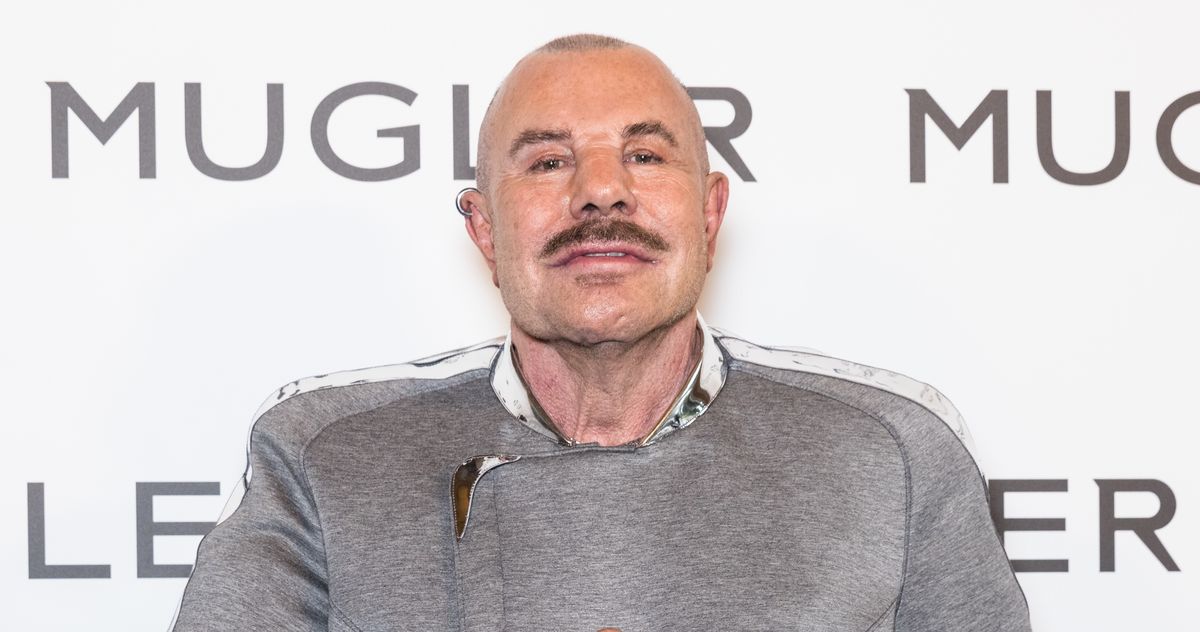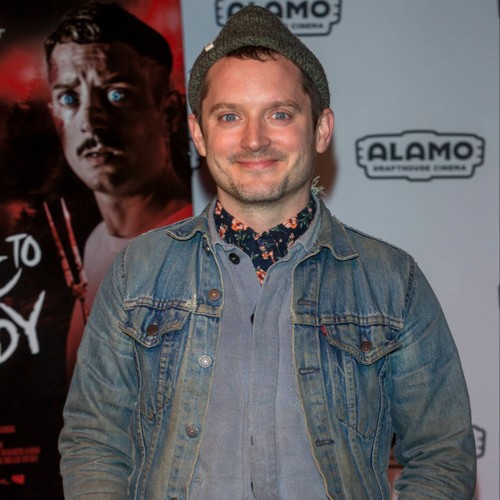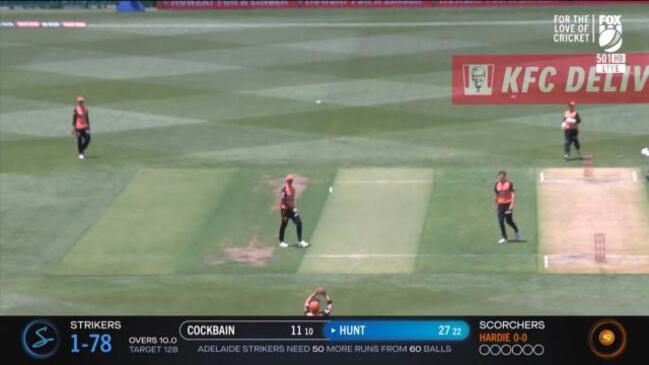Michael Lang, the producer who co-founded “The Woodstock Nation,” as activist Abbie Hoffman called it, died late Saturday of a rare form of non-Hodgkin’s Lymphoma, according to reports. The 1969 concert on a dairy farm in Bethel, New York, officially called “Woodstock Music & Art Fair’s Aquarian Exposition: 3 Days of Peace & Music,” was celebrated not only for its collection of killer electric guitar solos but, through rose-colored glasses, symbolizing the achievability of the hippie counterculture’s utopian dreams. Lang was 77 years old.
The young concert promoter was only 24 in August 1969 when he became, essentially, the “face of the festival” as captured in Michael Wadleigh’s Academy Award-winning documentary. He’s the one with the wide smile and curly hair zooming through the backstage areas on a motorcycle.
In the film, he and his partner Artie Kornfeld were unfazed by the summer storms that turned the grounds to mud, the deluge of traffic that closed the New York State Thruway, and the rush of humanity that forced the event to become “a free concert from now on.” (That cameras and audio recorders were still running ensured that investors eventually got their bread back, man, and then some.)
“Everybody pulls together and everybody helps each other. And it works,” Lang said during the festival, to a square reporter from the local news. He also chuckled while declaring the event “a financial disaster.”
Lang, originally from Brooklyn, dropped out of New York University and ended up working at a head shop in Miami, where he began organizing concerts. He co-produced 1968’s Miami Pop Festival, which featured The Jimi Hendrix Experience, Frank Zappa and the Mothers of Invention, John Lee Hooker, and Chuck Berry. He then teamed up with Kornfeld, two years older, who worked at Capitol Records. Originally their plan was to open a recording studio somewhere near Woodstock in New York’s Hudson Valley. The small town had an artsy vibe going back to the beginning of the century but was increasingly a counter-culture magnet since Bob Dylan retreated there after his motorcycle crash. The pair were soon convinced that a massive festival could better promote the area and their ideals than building a studio, and, through a network of friends, tapped the heir to a denture cream fortune to start securing financing.
The notable events at Woodstock are too long to comprehensively list here. When the audience wasn’t skinny dipping or making love in a field, Jimi Hendrix played the “The Star-Spangled Banner,” and Richie Havens spontaneously generated the anthem “Freedom” while stalling for time. Santana, who had yet to release their first album, presented their new invention, psychedelic Latin jazz fusion, while 20-year-old Michael Shrieve proved that rock drum solos could actually be thrilling. Crosby, Stills, Nash & Young performed for their second time ever. The Grateful Dead nearly got electrocuted. Chip Monck warned about the brown acid. Hoffman interrupted The Who’s set to rant about John Sinclair. And Sly and the Family Stone performed what any reasonable person will surely agree is the most electrifying set in the history of the galaxy.
Joni Mitchell wasn’t there (her management thought it prudent to keep to a previously scheduled appearance on The Dick Cavett Show) but she ended up being the one to fully capture its significance in words.
Lang also appeared in the Maysles Brothers’ documentary Gimme Shelter about the doomed, Rolling Stones-led free concert at the Altamont Speedway in California in December 1969. He was not a producer of that event but was called in at the 11th hour to help with the change-of-venue logistics.
Note: This article have been indexed to our site. We do not claim legitimacy, ownership or copyright of any of the content above. To see the article at original source Click Here













